Description
Alkaline earth metals, situated in Group 2 of the periodic table, consist of six elements: beryllium, magnesium, calcium, strontium, barium, and radium. These metals are known for being somewhat reactive, though less so than their neighbors, the alkali metals in Group 1. The term “alkaline earth” originates from the alkaline nature of the oxides formed by these metals and their occurrence in earth or minerals.
Alkaline earth metals share several common properties: they are silvery-white in color and have a relatively low density, high melting points, and high boiling points compared to alkali metals. Each of these metals has two electrons in its outermost shell, leading to a +2 oxidation state in most of their compounds. This characteristic also accounts for their tendency to form ionic bonds by losing these two outer electrons.
In nature, they are never found in their elemental state due to their reactivity but are abundant in various mineral compounds. Calcium and magnesium are particularly crucial for biological life; calcium plays a vital role in biological processes such as muscle function and bone structure, while magnesium is essential for many enzymes in the human body.
Magnesium and calcium are also widely used in industry: magnesium is known for its low weight and high strength, making it valuable in the manufacture of aircraft and automobile parts, while calcium compounds are used in the production of cement and in the purification of iron. Beryllium has applications in aerospace materials due to its stiffness and lightweight. Barium and strontium are used in fireworks to produce green and red colors, respectively. Radium, which is radioactive, was historically used in luminous paints, although this use has declined due to health concerns. The unique properties of alkaline earth metals make them important both in nature and in various industrial applications.
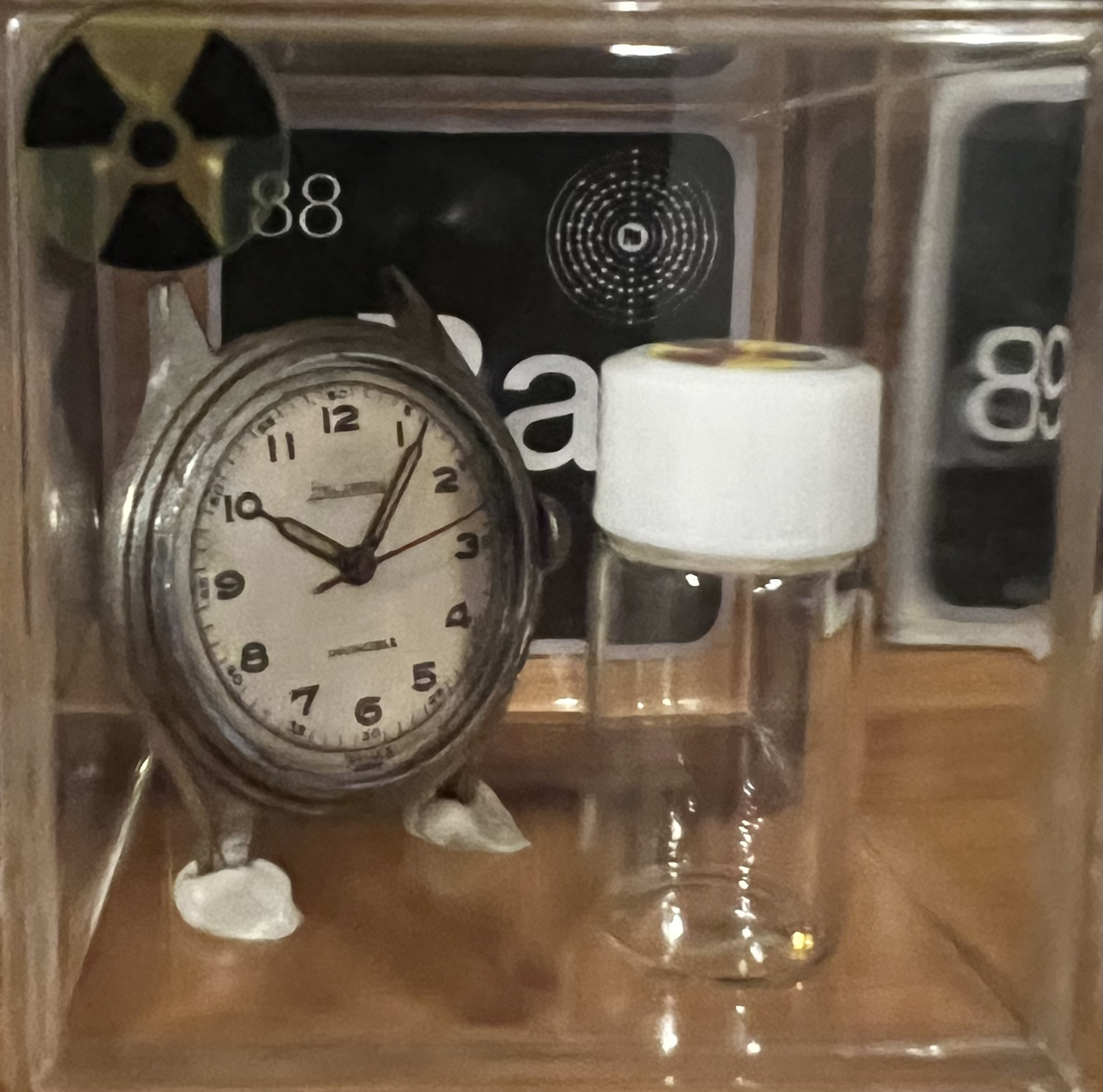

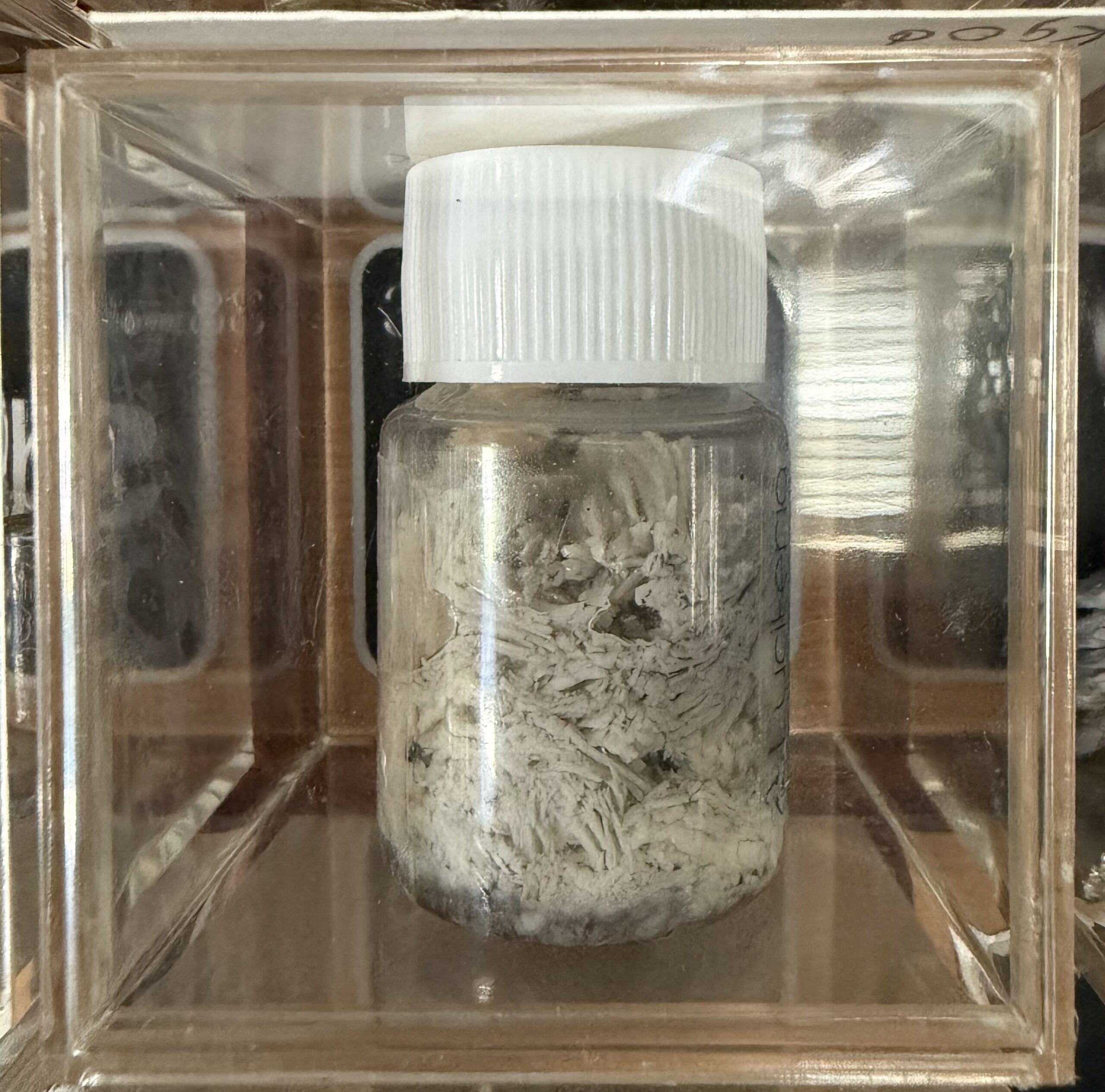
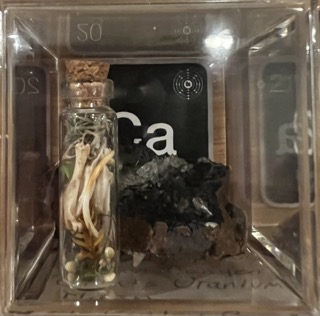
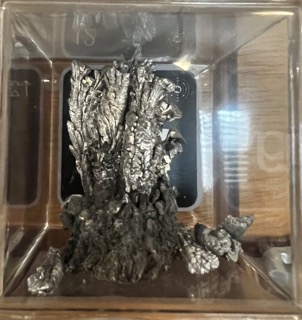
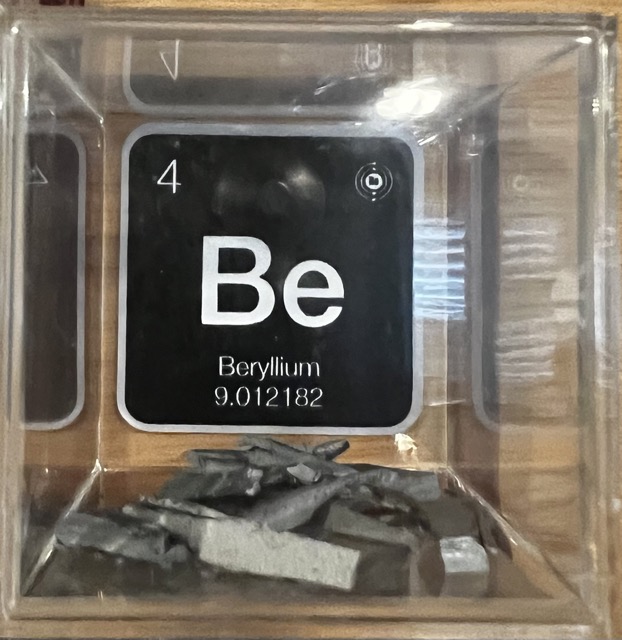
 using WordPress and
using WordPress and